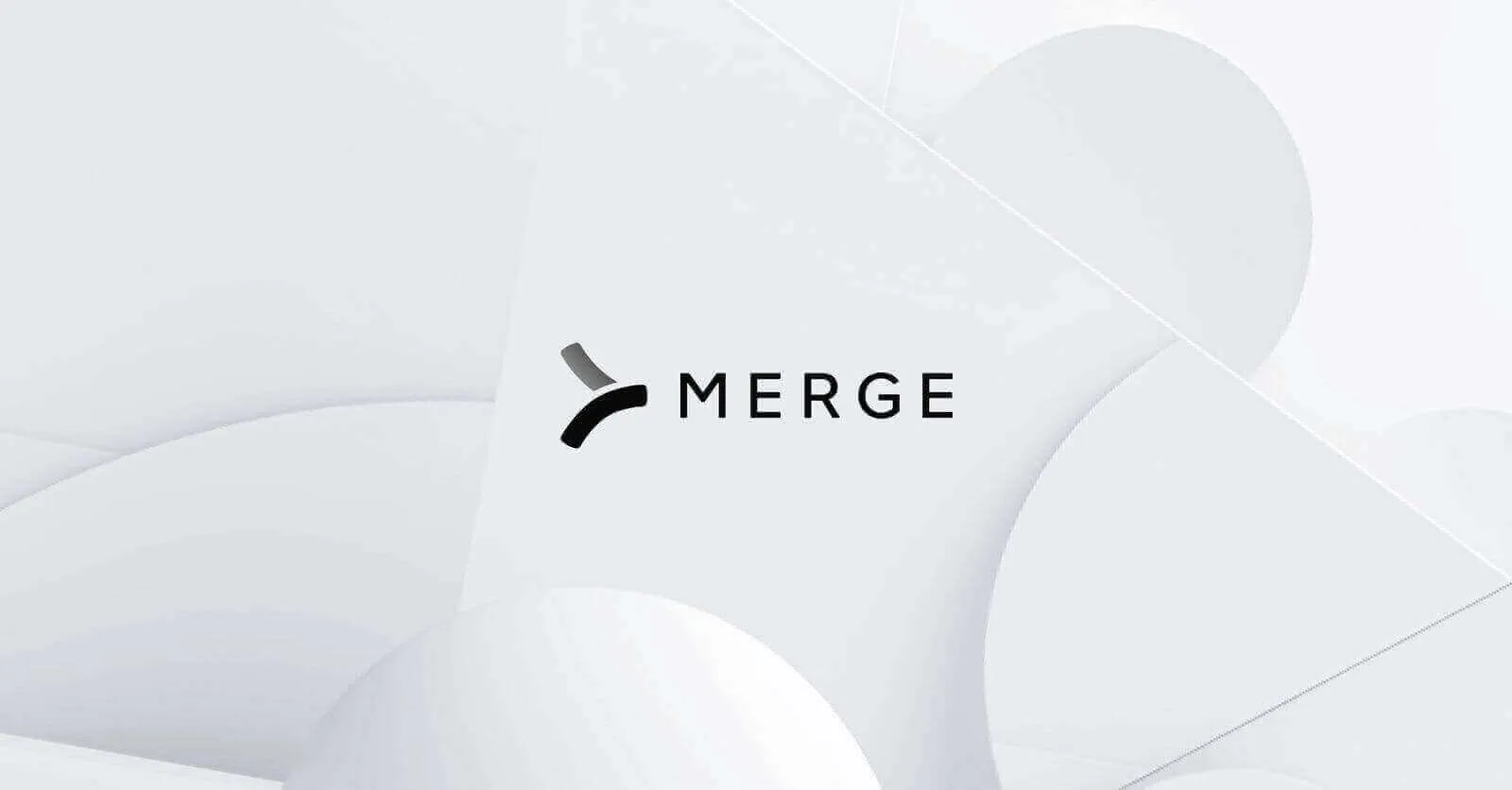How Under.io markets, sells, and supports their product integrations

Welcome to another edition of “startup spotlight”, a content series that gives you the inside scoop on how startups build, market, sell, and support their customer-facing integrations.
Today we’re highlighting Under.io, a digital onboarding platform for financial services companies.
You can read on to hear directly from Under.io’s Demand Generation Manager, Colin Driscoll. He’ll share why they needed integrations for their product, how they’ve gone about building them, how they market and price them, and more!
Learn how Merge can support your startup’s integrations here.
Why does Under.io need integrations?
"To understand why Under.io needs integrations, it helps to have a bit more context on our platform.
Basically, we offer a digital onboarding platform for financial services companies that allow these companies to collect the data, documents, and signatures they need to open an account for a customer. Our platform also lets financial services companies manage underwriting and evaluate fraud risks for customers and prospects.
As our customers use our platform to collect leads, they need to push the data from the applications to their respective CRM system, whether that’s Salesforce, HubSpot, and so on. Our customers’ sales teams can then leverage their CRM systems’ features and functionality to nurture these leads and customers effectively."
Can you walk me through Under.io’s journey in building integrations?
"We’ve built out individual integrations for customers in the past but found that the time devoted to implementing the integrations, and, maybe more importantly, maintaining them, didn’t make sense for us. We only just have 3 full-time engineers at the moment, and we’d rather have them focus on our core product.
After evaluating the different 3rd-party solutions available, we quickly landed on Merge.
Merge's CRM unified API covered the most integrations of any unified API solution we evaluated, and when our backend engineer explored the tool himself through your sandbox environment, he quickly learned that it was exactly what we needed."
How does under.io market its integrations?
"We ran an email campaign that invited customers and existing opportunities to join a waitlist for our CRM integrations.
Our thinking was that since all of our customers can benefit from these integrations, they should all receive an email about it. And in the case of prospects, we saw this as an opportunity to move the ones we’ve been talking to for a long time across the finish line sooner.
Suffice to say, the email campaign ended up being a big success—a few customers signed up along with several exciting leads!

We also promoted the waitlist through a social post on Linkedin, which drummed up relatively high engagement.
Once our integrations are officially launched, we’ll continue to leverage Linkedin and email, and we’ll also add a new page on our site that’s solely dedicated to educating readers on our CRM integrations and helping them adopt any.
We may even play around with in-app messaging that promote the integrations, particularly for users who fall into our 'Free' or 'Pay As You Go' plans."
How does Under.io sell its integrations?
"We plan to include integrations on our 'Custom' plan, and we’ll allow customers on that plan to access any of the integrations we launch.

Our sales development rep will also experiment with mentioning our integrations and the pain points they solve in their outreach strategy. And while it’s still too early to define what they’ll do and how successful they’ll be in highlighting the integrations, we’re confident that it’s going to help us move the needle in driving responses and interest.
Similarly, our account executive now won’t hold back on having conversations about our integrations with prospects. They’ll ask prospects on discovery calls about the CRMs they use and they’ll even show how the integrations can be set up and used on live demo calls."
How does Under.io support its integrations?
"Our customers typically file tickets either in our knowledge center or our platform, and the response time for any ticket is fast (our SLA is typically one day). Given how intuitive and insightful Merge’s Integration Observability tooling is, I’m confident that we can live up to that time-to-resolution standard for integration-specific issues."
{{this-blog-only-cta}}









.jpg)
